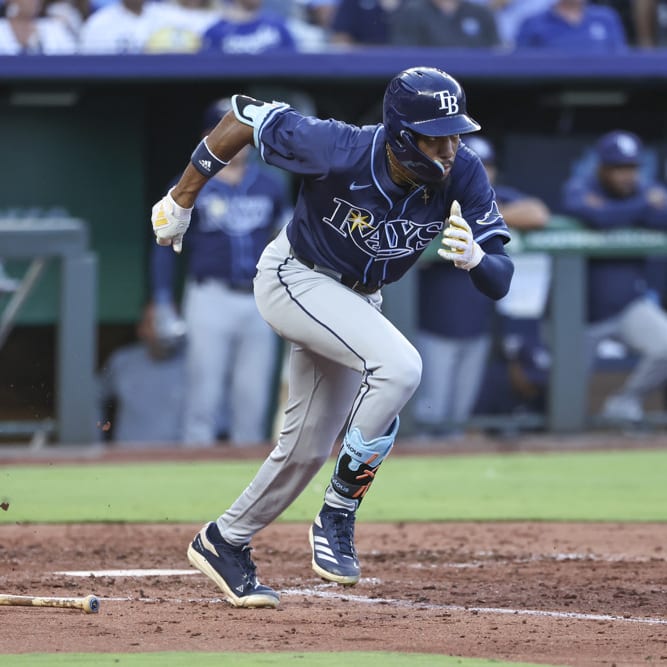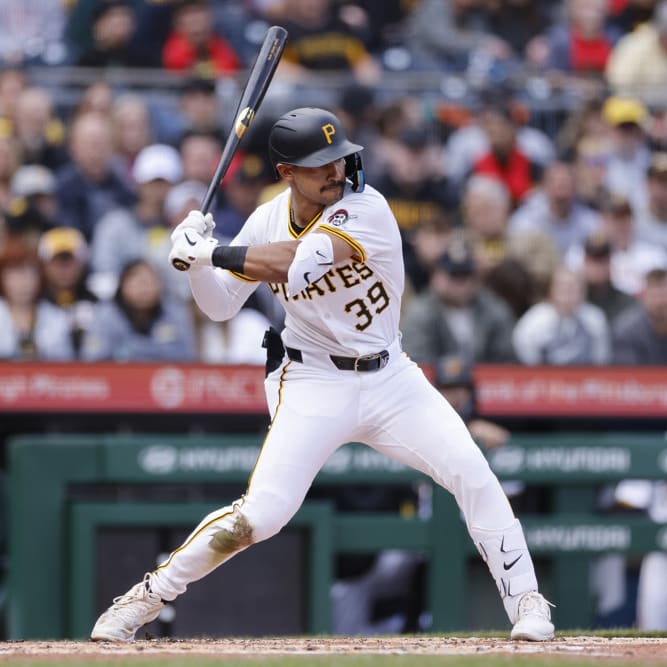This article is part of our Stathead Sagas series.
The need for park factors in baseball is obvious. Teams routinely make the west coast swing from Colorado to San Diego and see their run production cut in half. Obviously, the Green Monster is going to play different than the Ivy in Chicago. Rogers Centre has been a haven for righties whereas Safeco has buried hitters like Adrian Beltre with its spacious left field.
It isn't too hard to find basic park factors these days, and park factors based on handedness have become available now at both FanGraphs and StatCorner and the Bill James Handbook. It's a science, and a necessary one to understand the depth of today's game.
As such, a player's value is highly dependent on his home park. Michael Cuddyer saw a big boost this year with a move to Colorado; there were concerns over Miami hitters with the Marlins moving to the vast confines of their new park. But obviously, home park only impacts half of a player's games. For pitchers in particular, but all players to an extent, the day-to-day (or week-to-week) changes in a player's value can be highly impacted by the park he plays in on road trips.
For fantasy purposes, judging the player's value depends on more than just park factors – it depends on pitching, defense, hitter and bullpen quality as well. Target Field may be large, but I'll rush to start a hitter against Carl Pavano if he's on my bench. I don't love Michael Saunders at Safeco Field, but
The need for park factors in baseball is obvious. Teams routinely make the west coast swing from Colorado to San Diego and see their run production cut in half. Obviously, the Green Monster is going to play different than the Ivy in Chicago. Rogers Centre has been a haven for righties whereas Safeco has buried hitters like Adrian Beltre with its spacious left field.
It isn't too hard to find basic park factors these days, and park factors based on handedness have become available now at both FanGraphs and StatCorner and the Bill James Handbook. It's a science, and a necessary one to understand the depth of today's game.
As such, a player's value is highly dependent on his home park. Michael Cuddyer saw a big boost this year with a move to Colorado; there were concerns over Miami hitters with the Marlins moving to the vast confines of their new park. But obviously, home park only impacts half of a player's games. For pitchers in particular, but all players to an extent, the day-to-day (or week-to-week) changes in a player's value can be highly impacted by the park he plays in on road trips.
For fantasy purposes, judging the player's value depends on more than just park factors – it depends on pitching, defense, hitter and bullpen quality as well. Target Field may be large, but I'll rush to start a hitter against Carl Pavano if he's on my bench. I don't love Michael Saunders at Safeco Field, but I'll give him a shot at the short porch in right field at Yankee Stadium.
Everybody knows about Coors and PETCO, but a few others are more nebulous. Houston's Minute Maid Park, for example, has the Crawfish Boxes for a few cheap homers down the left field line. But the center field is so spacious that it's nearly impossible to hit a home run to center field, and as a result the park can play very differently depending on the tendencies of the day's pitchers and hitters.
So there are two questions at play here: how are the 30 parks playing for opponents this season, and are they doing so in a consistent fashion? To answer the question I took a look at the variance in each road team's performance ant each team's road park. The result of the research is a confidence interval for road team batting at each park. Observe:
Given team performance at the league's 30 parks this season, we would expect opposing teams to record an OPS somewhere within the dark blue bar 95% of the time. The white line represents the league-average road OPS of .707. Teams that see a higher amount of the dark blue bar on the right side of the white line typically allow more offense to opponents in their stadium, and vice-versa.
Here are a few parks that stand out:
Los Angeles (NL), Washington, Pittsburgh, Seattle, Tampa Bay, San Francisco
These are the parks and teams that clearly damage opposing offenses. They have all allowed average OPS marks of .650 or lower to visiting teams and have a highest-end expectation under .900. This sextet combines historically favorable pitching parks with either great pitching, great defense or both. Los Angeles and Pittsburgh stand above the rest; teams are averaging .618 and .595 OPSes there overall and have a highest-end expectation under .800.
Minnesota, Cincinnati, Colorado, Milwaukee, Arizona
These are the parks were opponents score seemingly at well. It's not quite as straightforward as the above group – Minnesota is typically considered a pitchers park, and Cincinnati has had a solid pitching staff all season. But the Twins pitching and defense is so bad and Great American Ball Park is so small that they both fit into this group.
Colorado's spot on this list is obvious – no team has posted an OPS lower than .749 in a series against them all season. Arizona has seen three opponents OPS under .700, but they've had enough injury issues in the rotation to combine with the park to see plenty of runs against them. Milwaukee's injury issues are similar and the home runs can fly out at times.
Chicago (AL)
Make no mistakes: U.S. Cellular Field is a hitter's park. Park factors are calculated on a scale where 100 is average and higher favors the hitter. Depending on whether the calculation is based on multiple years or just one, the factor for home runs is somewhere between 110 and 135 – high to incredibly high. Overall, it comes in somewhere in the 103-105 range – a moderate hitter's park.
The White Sox pitching and defense has been incredibly consistent at home, however – no team has gone above an .841 OPS against nor below .651. They've ranked highly in defense – fifth in defensive efficiency according to Baseball Prospectus – and have gotten excellent starting pitching all year. They'll get touched up for home runs every now and again, but the big blowups or total shutdowns – even with Chris Sale and Jake Peavy pitching like aces – haven't been there over full series.
Boston
Boston's unpredictability isn't too surprising – it's an oddly designed park between the Green Monster, Pesky's Pole, and a large center field. A lot can depend on which areas of the park teams are hitting it to. Boston has allowed OPSes over 1.100 twice at Fenway Park – against Texas and New York – and held the Mariners to a .409 OPS over two games earlier this year. It hasn't helped that the pitching staff has been wildly inconsistent – see Buchholz, Clay and Beckett, Josh. All-in-all, it's played very hitter friendly – right up there with Milwaukee and Arizona – but the pitching staff in Boston is good enough to string together some very good outings in a row at times.










